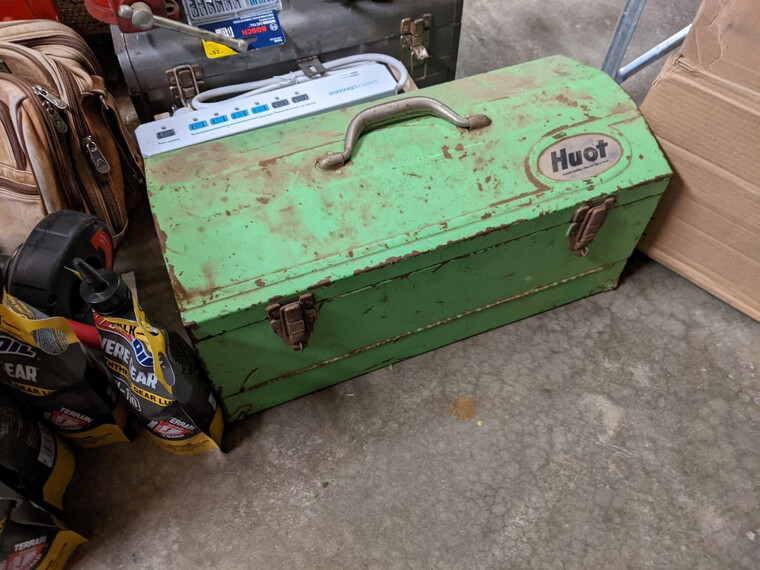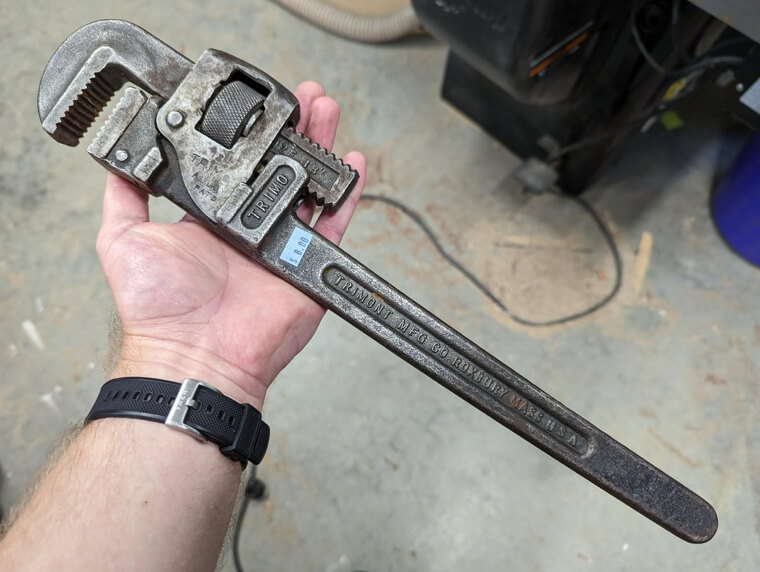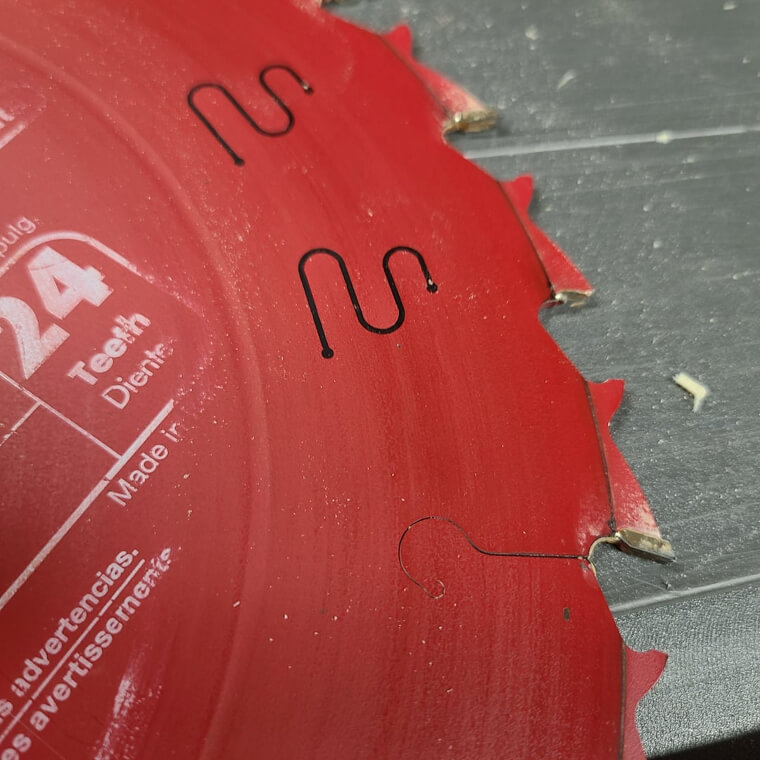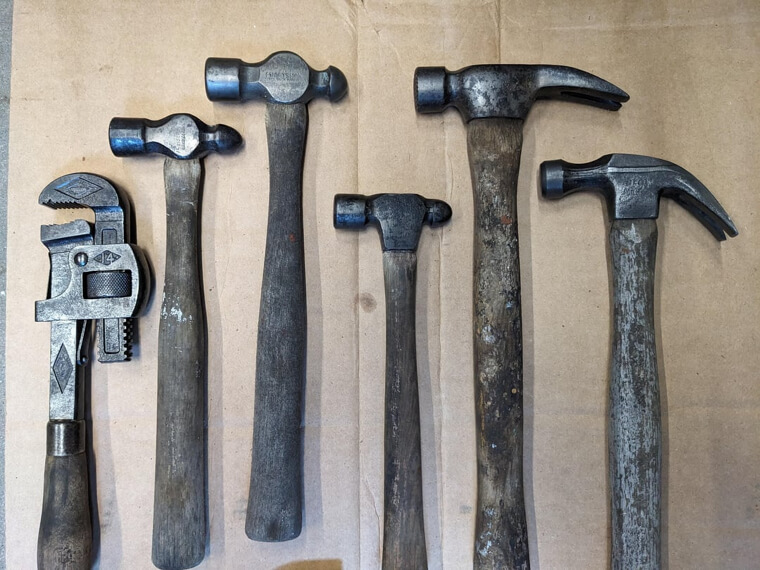Look Past the Rust to Check the Brand
Surface rust often looks worse than it really is. Before judging the find, look for a stamped brand name or logo on the handle, head, or shank. Well known manufacturers like Stanley, Craftsman, Snap On, and Disston hold value even in rough shape. DIY-enthusiasts know that rust can be removed, but build quality cannot. If the tool comes from a reputable maker, it is already worth a closer look. Many collectors rebuild older tools because the steel and craftsmanship often outperform newer budget models.
Test the Moving Parts Before Dismissing It
Hinges, ratchets, and joints may feel stiff at first, but stiffness does not always mean damage. Try to move each part gently to see if it still functions. If it does, chances are the mechanism only needs cleaning and lubrication. If the movement is smooth under the rust, it is usually a sign that the internal components are intact. DIY-enthusiasts often find that neglected tools regain full life after a short restoration. A tool that moves properly today will likely work even better once restored.
Check for Cracks, Chips, or Structural Damage
Rust is fixable, but cracks are not. Inspect handles, blades, and metal bodies for fractures, bent areas, or deep chips. Light pitting is normal and usually cosmetic. What you want to avoid are tools with structural damage that affects safety or performance. Wooden handles can be replaced, but cracked steel is a deal breaker. If the tool looks solid under the rust, it may be a valuable candidate for refinishing. Many older tools last decades because their core structure was built to handle tough work.
Look for Original Features and Older Designs
Certain vintage designs are desirable because they are no longer made. Check for original hardware, unique shapes, or specialty functions. DIY-enthusiasts appreciate tools with character, especially those that show craftsmanship from older manufacturing methods. If the find includes a tool style you rarely see in stores today, it may be worth more than you think. Specialty planes, chisels, hammers, and wrenches from past decades often command higher value simply because they are harder to find in good condition.
Evaluate the Restoration Cost and Potential Resale
Before committing, estimate how much work the tool will need. Light rust removal, cleaning, and oiling are easy. Heavy restoration takes more time and supplies. Consider whether the final value justifies the effort. Some tools become gems with minimal work, while others require hours of sanding and refinishing with little payoff. DIY-enthusiasts often enjoy the process, but it is still smart to weigh the return. If the tool has strong bones, a good brand, and a desirable design, it is usually worth saving.





